German Army EM Saber
SKU: 20.GOR.04.02.002
Estimated market value:
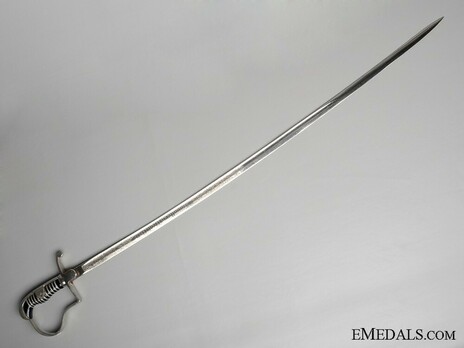
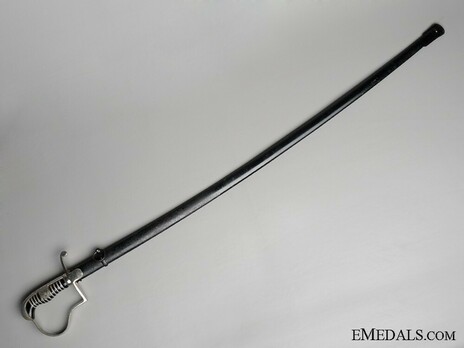
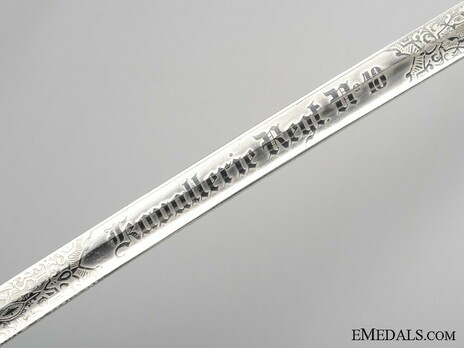
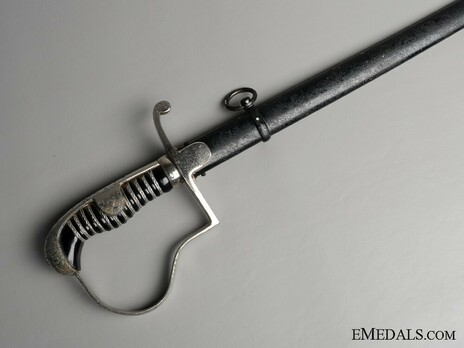
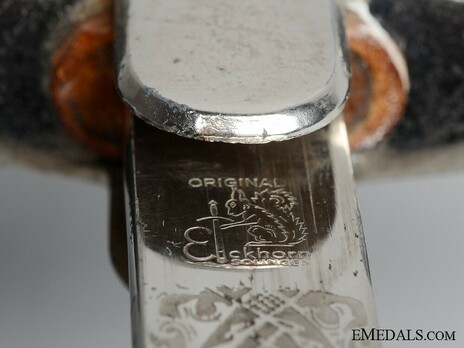
Estimated market value:
Attributes
History
By the time of the Second World War the sword was no longer a combat weapon. Its relevance had been reduced to a symbol of tradition and an indicator of rank and status. It was mostly worn during garrison duty or on the horse during a mounted parade. Because of this it was also considerably smaller and lighter than swords of earlier days that were actually made for combat.
Both the official versions of the Enlisted Man’s Saber and the Officer’s Saber are rather plain and have no visible design motif or outside markings. The difference between the two sabers is mainly in size and weight. The Enlisted Man’s Saber is 5 to 11 cm shorter than the first two sizes of the Officer’s Saber, but 3 cm longer than the third size. It is also 320 to 365 gr heavier.
Unofficial versions made by private companies could be purchased, which was a common occurrence. These came in many varieties and were much more ornate, with pommels in the shape of animal heads, engraved langets, or etched blades.
The designers for the privately purchased unofficial sabers include but may not be limited to: ALCOSO (Alexander Coppel, Solingen); Clemen & Jung; Eickhorn; Richard Herder; F. W. Höller; E&F Hörster; Robert Klaas; Carl Julius Krebs; P. D. Lüneschloss; Ernst Pack & Söhne; Puma; Paul Seilheimer; Emil Voos; Weyersberg, Kirschbaum & Cie. (WKC); Anton Wingen Jr.
All makers are from the city of Solingen.

Versions
$300 USD
$750 USD
Steel/Metal/Nickel/Leather
Obv: KAVALLERIE REGT. NO. 18
Blade: 890mm; Scabbard: 915mm; Sword without scabbard: 1020mm
Carl Eickhorn, Solingen
Sword: 560 grams; Scabbard: 420 grams


Comments
Sign in to comment and reply.


Scroll Top